Boost Your Efficiency: The Power of Minimalist Office Design in South Africa
Unlocking Productivity: Why Minimalist Offices are the Future of Workspaces
The Science of Minimalism and Productivity
Minimalist offices are gaining popularity in South Africa. They offer a clutter-free environment that enhances focus. Research shows that a tidy workspace can boost productivity by up to 20%.
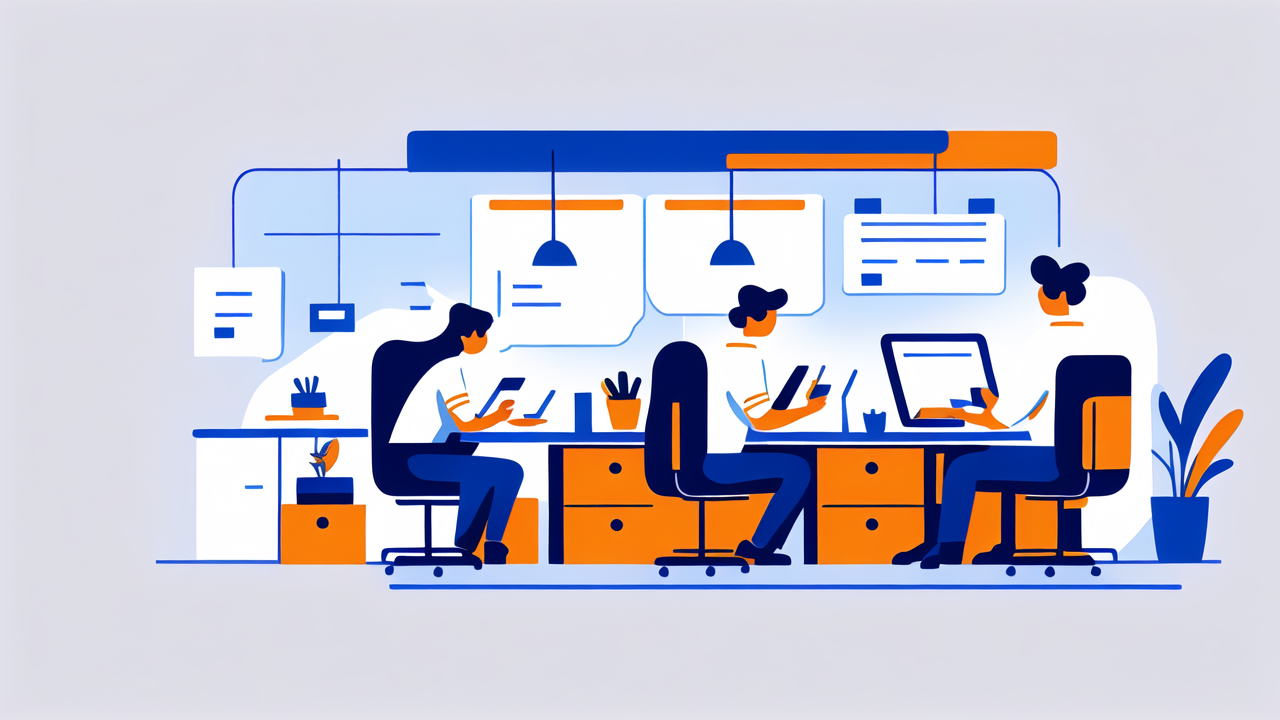
Minimalism reduces visual distractions, allowing employees to concentrate better. It also decreases stress levels, leading to improved mental well-being. A clean, organized space promotes clarity of thought and creative problem-solving.
Studies indicate that minimalist design can increase work efficiency by 15%. This is due to reduced time spent searching for items or navigating cluttered spaces. The streamlined environment also encourages better time management and task prioritization.
How Minimalist Design Improves Workflow and Morale
Minimalist office design can significantly enhance workflow and boost employee morale. A clutter-free space allows for smoother movement and better use of available area. This can lead to more efficient work processes and improved collaboration.
The aesthetic appeal of minimalist offices can uplift mood and motivation. Clean lines and open spaces create a sense of calm and order. This positive environment can reduce workplace stress and increase job satisfaction.
Minimalist design also promotes a sense of equality and transparency. With fewer physical barriers, communication becomes more open. This can foster better teamwork and a stronger sense of community among employees.
Innovative Minimalist Office Solutions for South African Businesses
The Art of Decluttering: A Guide to Minimalist Office Design
Decluttering is the first step towards a minimalist office. Start by removing unnecessary items from desks and common areas. Keep only essential tools and documents within reach. Use digital storage solutions to reduce paper clutter.
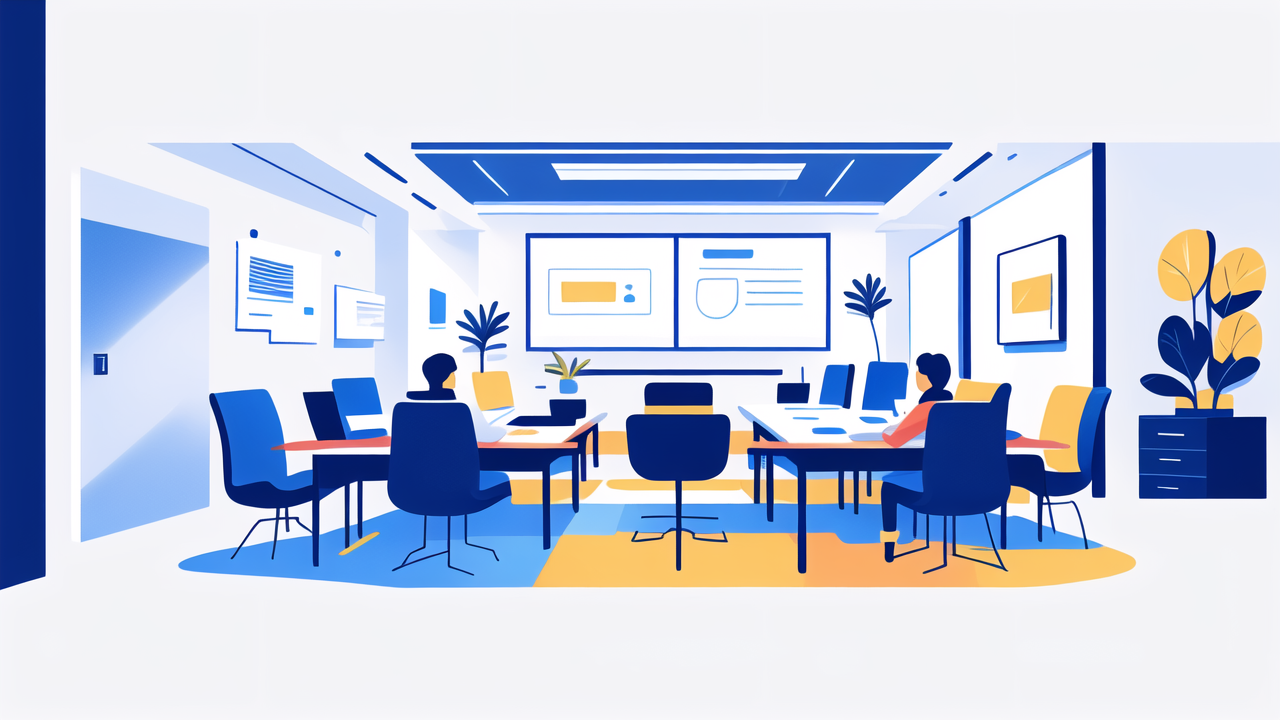
Organize remaining items using simple storage systems. Opt for sleek, multi-functional furniture that maximizes space. Choose a neutral color palette to create a calm, focused atmosphere.
Implement a clean desk policy to maintain the minimalist environment. Encourage employees to clear their workspaces at the end of each day. This habit promotes organization and reduces visual distractions.
Leveraging Technology for a Minimalist Workspace
Technology plays a crucial role in creating minimalist offices. Cloud-based systems can replace bulky file cabinets and reduce paper usage. This not only saves space but also improves data accessibility and security.
Wireless devices eliminate the need for messy cables, creating a cleaner look. Smart office solutions can automate tasks and reduce clutter. For example, smart lighting and climate control systems can be managed via smartphones.
Digital collaboration tools can replace physical whiteboards and bulletin boards. This frees up wall space and promotes a cleaner aesthetic. Video conferencing systems can reduce the need for large meeting rooms.
Case Studies: Successful Minimalist Office Transformations in South Africa
Real-World Benefits of Minimalist Design in the Workplace
Several South African companies have successfully adopted minimalist office designs. One such example is a tech startup in Cape Town. After redesigning their office, they reported a 25% increase in productivity.
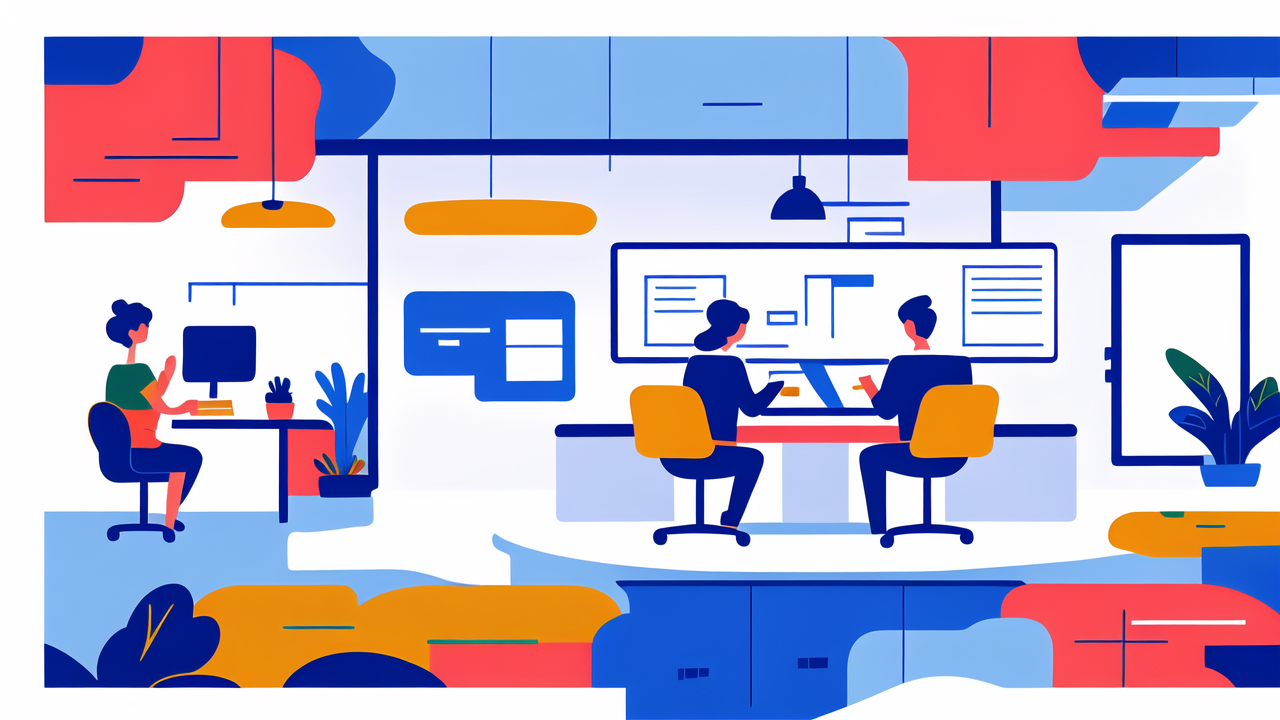
The company removed cubicles and opted for an open floor plan. They introduced adjustable standing desks and ergonomic chairs. The new layout encouraged more movement and interaction among employees.
Another case is a law firm in Johannesburg. They digitized their entire document system, eliminating the need for physical storage. This freed up space for collaborative areas and quiet zones. As a result, they saw improved teamwork and higher client satisfaction.
How Minimalism Can Revitalize Your Business Space
Minimalism can breathe new life into any business space. A media agency in Durban transformed their cluttered office into a minimalist haven. They replaced old furniture with sleek, multifunctional pieces. The walls were painted white to create an illusion of more space.
The agency introduced a hot-desking system, reducing the number of workstations needed. They also created cozy nooks for focused work or relaxation. These changes led to a more dynamic and flexible work environment.
Employees reported feeling more inspired and less stressed in the new space. The company saw a significant improvement in creativity and output quality. The minimalist design also impressed clients, enhancing the agency's professional image.
In conclusion, minimalist office design offers numerous benefits for South African businesses. It can boost productivity, improve morale, and create a more efficient workspace. By embracing minimalism, companies can create an environment that supports success and growth.
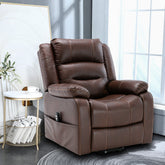

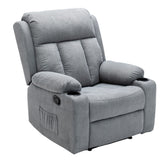

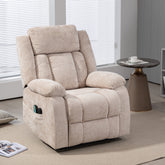

Leave a comment
All blog comments are checked prior to publishing